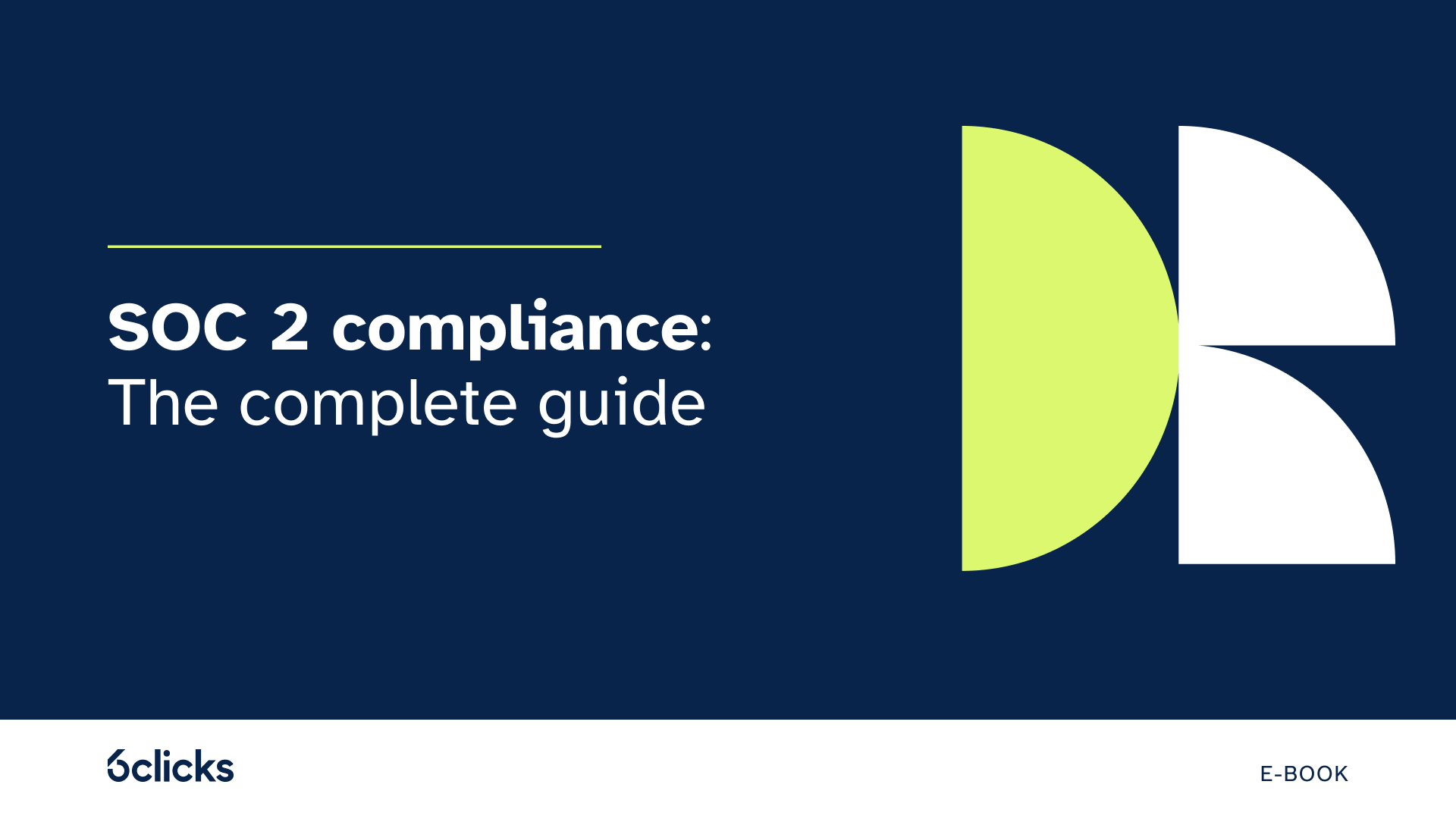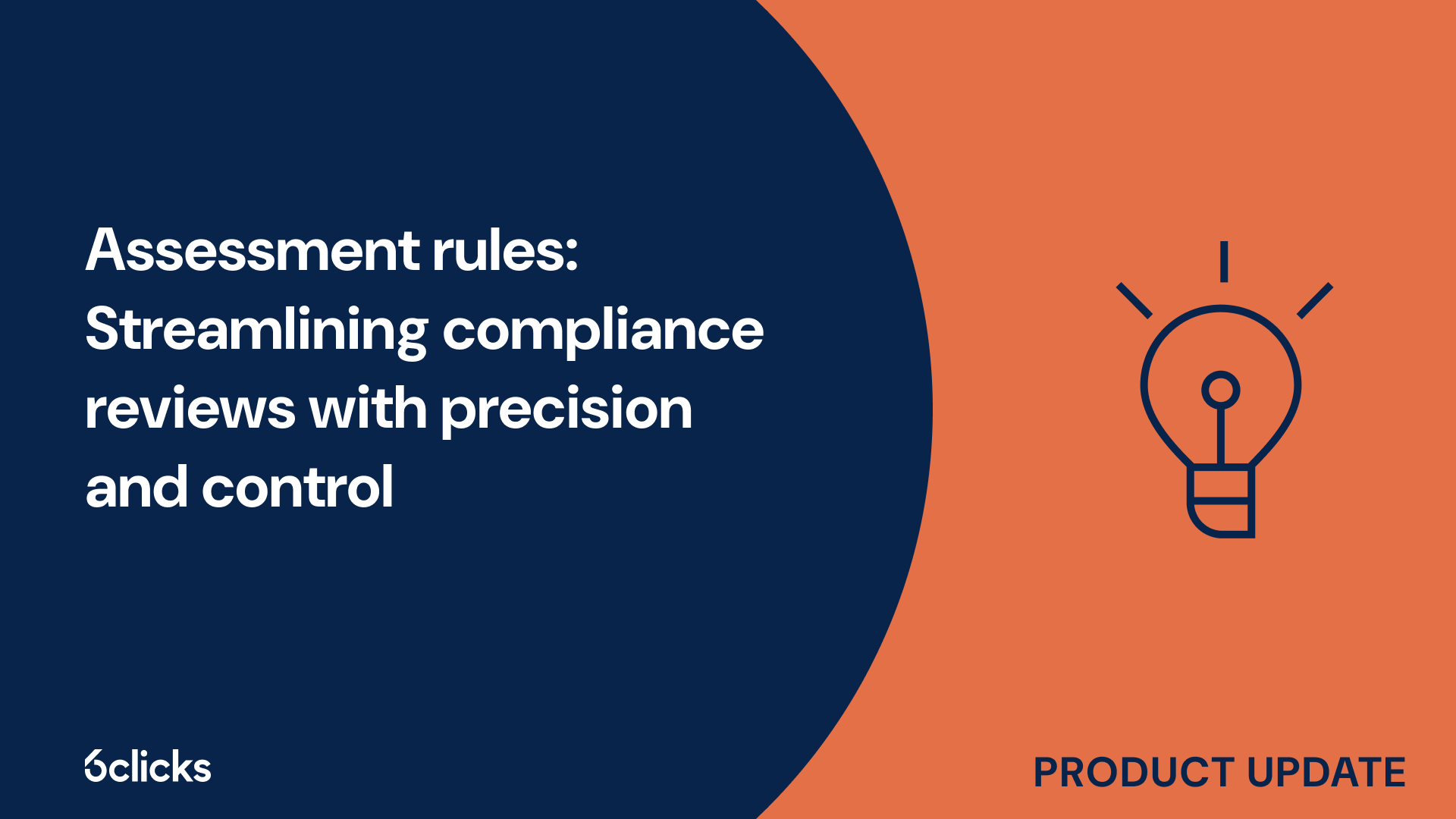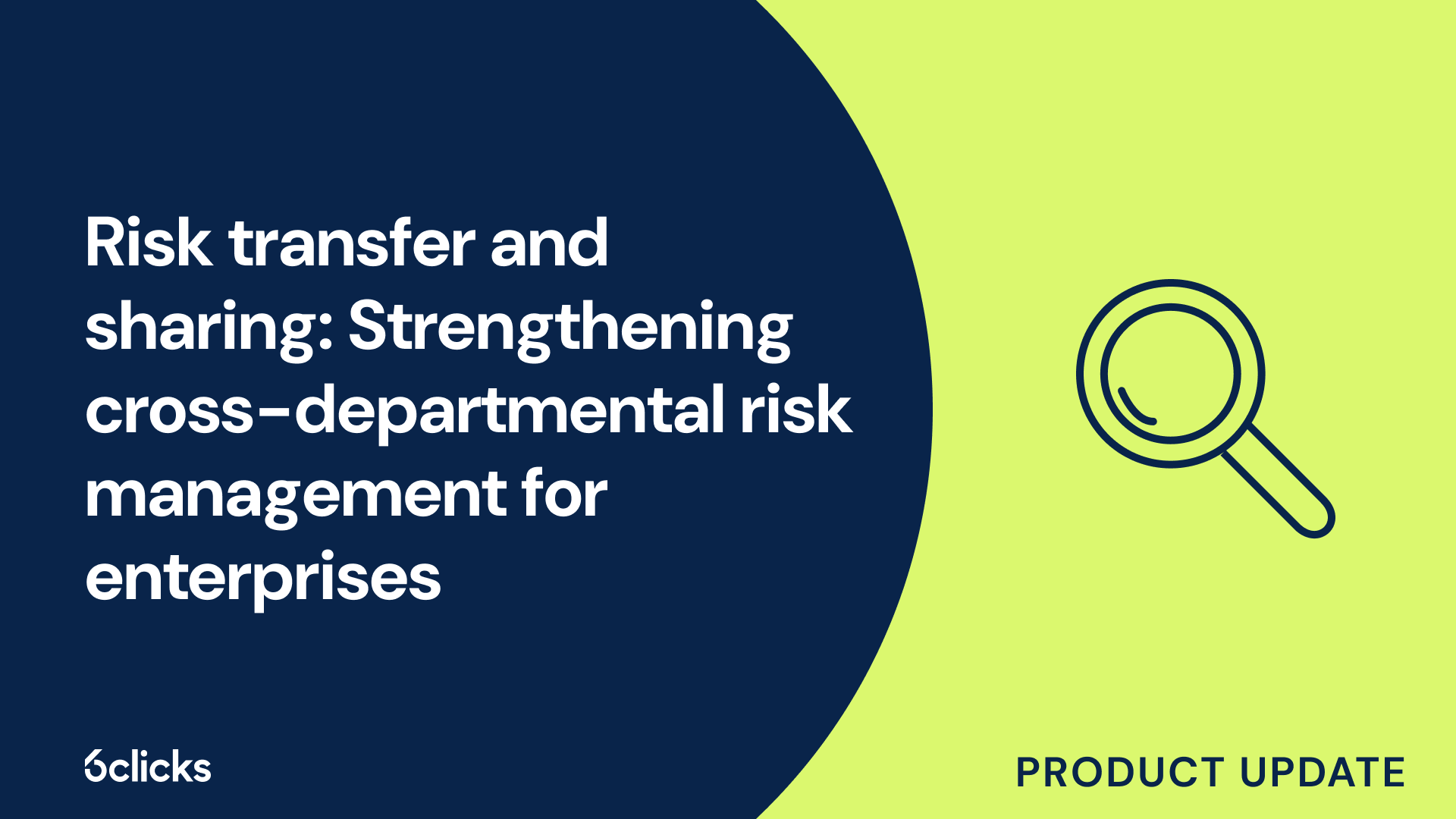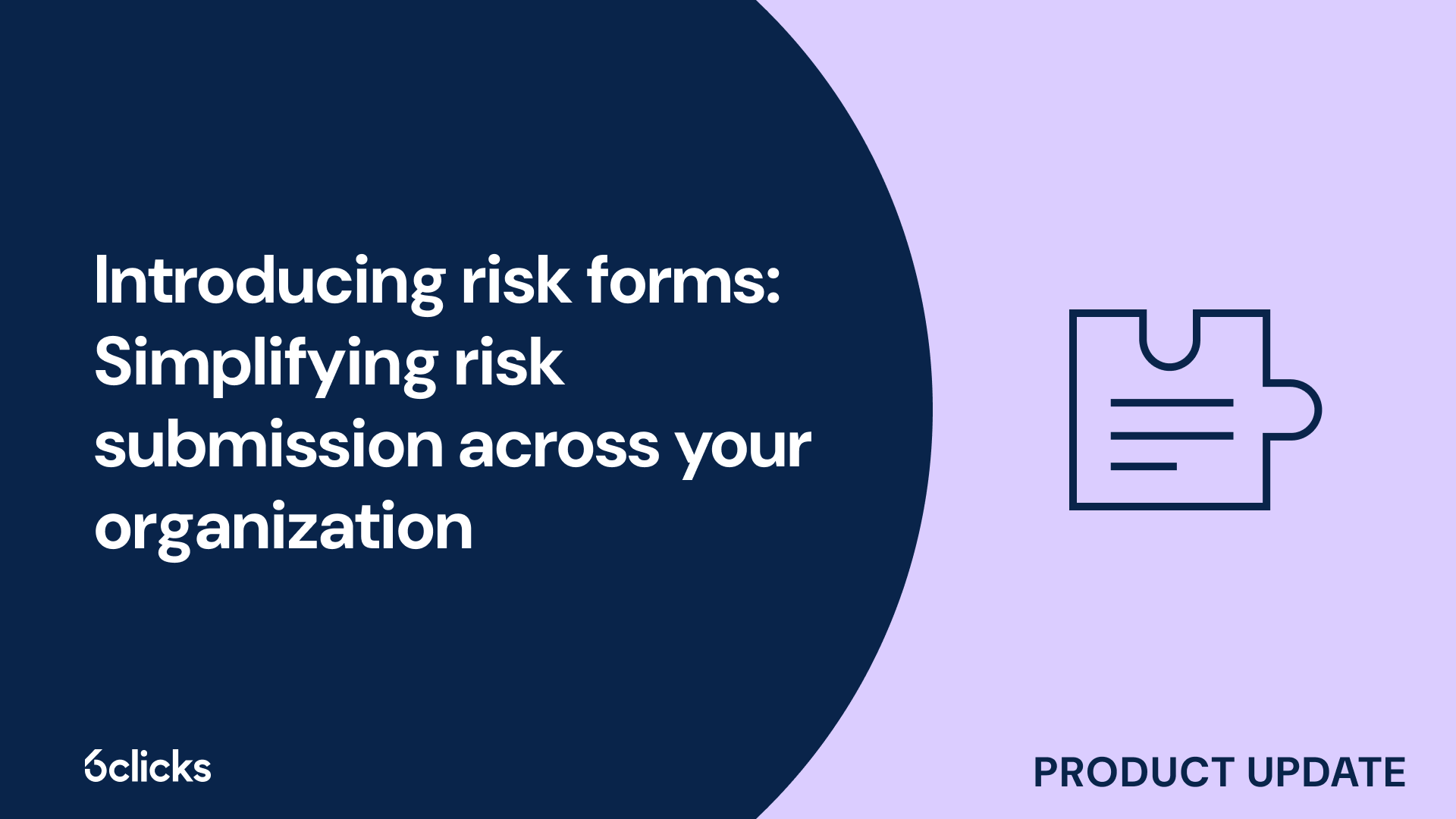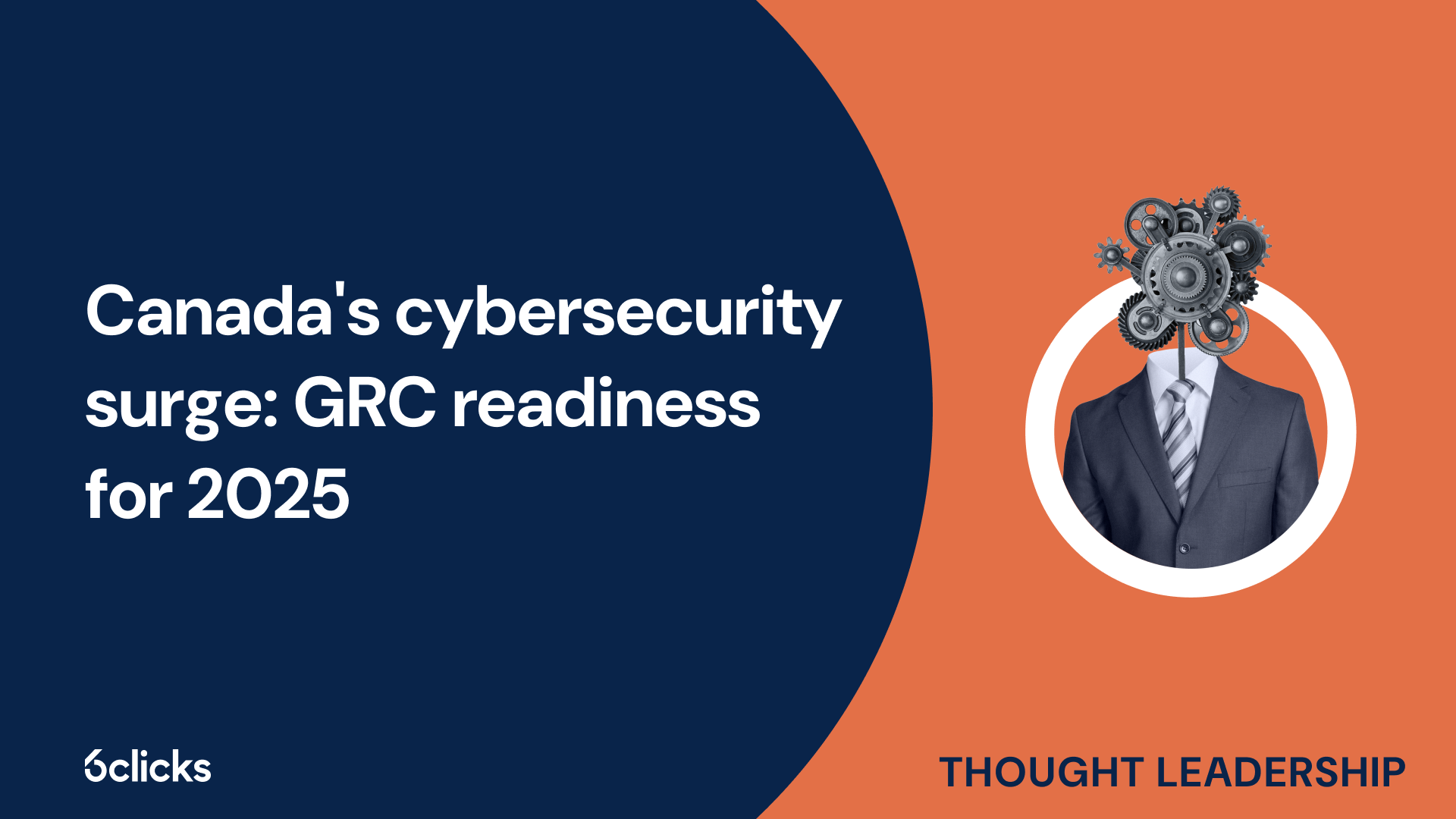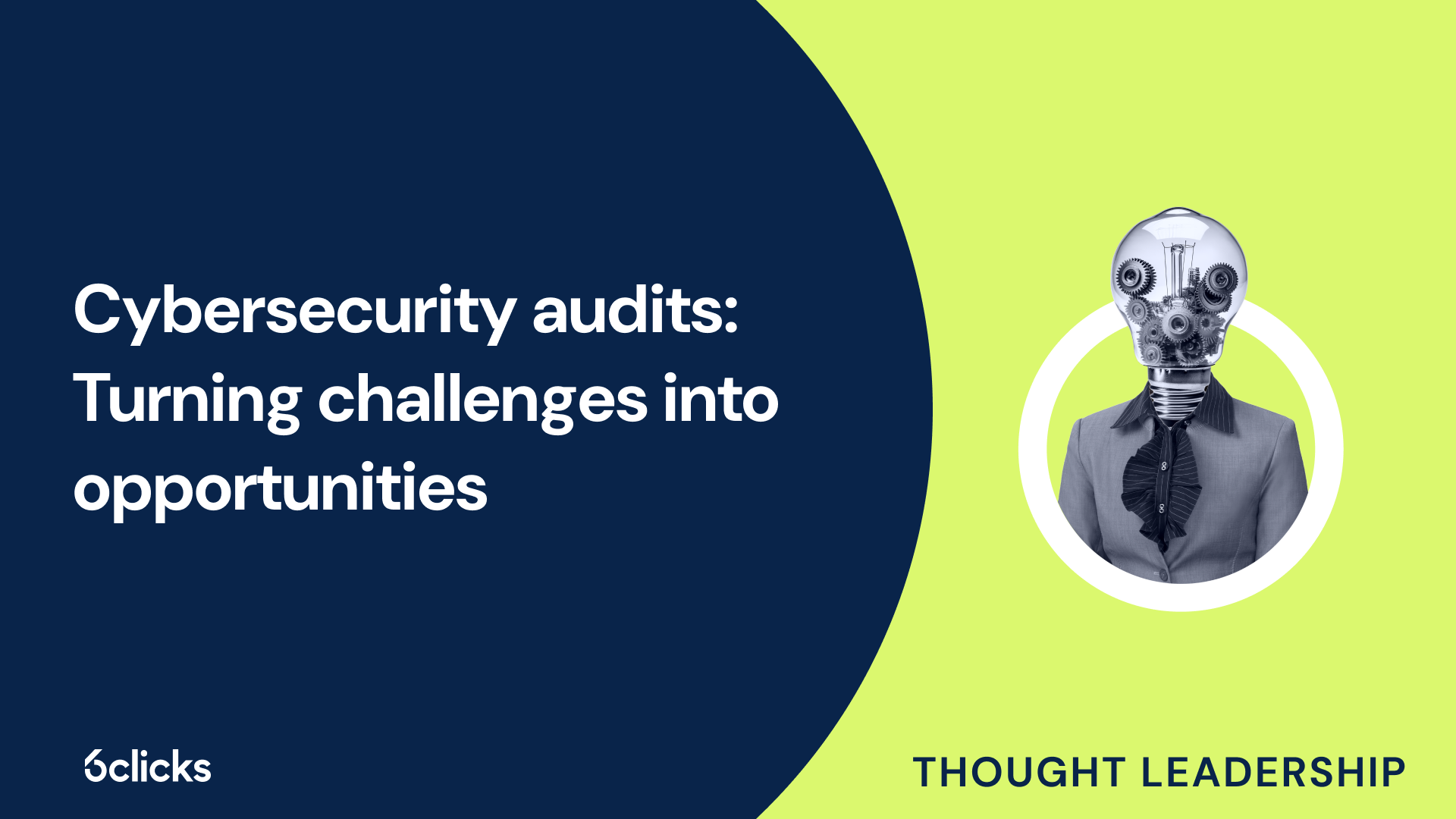Mastering the cybersecurity domain in 2025
Discover how to future-proof your organization’s cybersecurity in 2025. This free guide from 6clicks explores core security domains, regulatory frameworks, and how to integrate GRC for scalable, resilient, and audit-ready programs. Essential reading for CISOs, risk managers, and compliance leaders.
-1.png?width=200&height=249&name=Group%20193%20(1)-1.png)
Mastering the cybersecurity domain in 2025
Why is secure software development critical in 2025?
TL;DR: In 2025, secure software development is essential to prevent vulnerabilities, protect sensitive data, and ensure that digital products and services are safe, resilient, and compliant from the ground up.
The 6clicks expert guide Mastering the Cybersecurity Domain in 2025 emphasizes that software development security is a core cybersecurity domain—no longer a niche concern. As organizations increasingly rely on digital platforms, AI-powered systems, and API-driven services, the need to build secure applications from day one has become business-critical.
Vulnerabilities in code are a top target for attackers. Whether through supply chain dependencies, misconfigurations in CI/CD pipelines, or insecure APIs, a single flaw can expose entire ecosystems.
Key practices in secure software development:
-
Secure coding standards
Enforce practices that minimize risks such as injection attacks, buffer overflows, and insecure storage. -
Threat modeling and architecture reviews
Identify potential weaknesses early in the design phase. -
Code analysis and testing
Use static and dynamic testing (SAST/DAST) to detect flaws throughout the development lifecycle. -
DevSecOps integration
Embed security checkpoints in CI/CD pipelines to shift security left and respond quickly to issues. -
Software bill of materials (SBOM)
Maintain transparency over third-party libraries and components to manage open source risk.
Why this domain is a 2025 priority
With heightened regulatory pressure (e.g., SEC cybersecurity rules, Executive Orders, ISO 42001 for AI), organizations must prove that security is embedded in their software supply chains. Insecure development practices not only increase breach risk—they also introduce legal and reputational liabilities.
By implementing this domain, organizations can:
-
Reduce the cost of vulnerabilities by catching them early
-
Demonstrate due diligence to auditors and customers
-
Improve trust in their digital products and services
Building digital products in a high-risk environment?
Book a demo with 6clicks today to see how our platform helps you operationalize software development security—aligning DevSecOps, vulnerability assessments, and third-party risk into one unified cybersecurity program.



